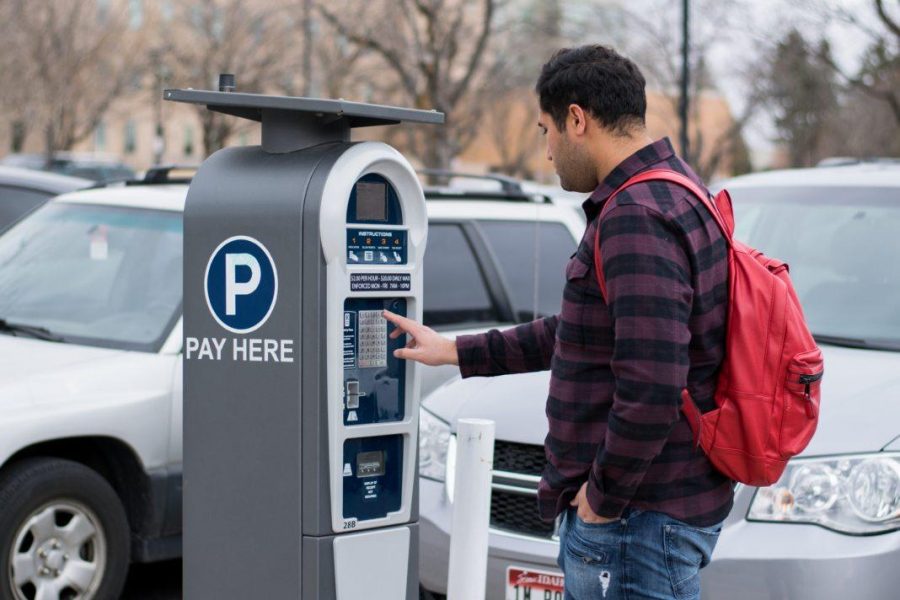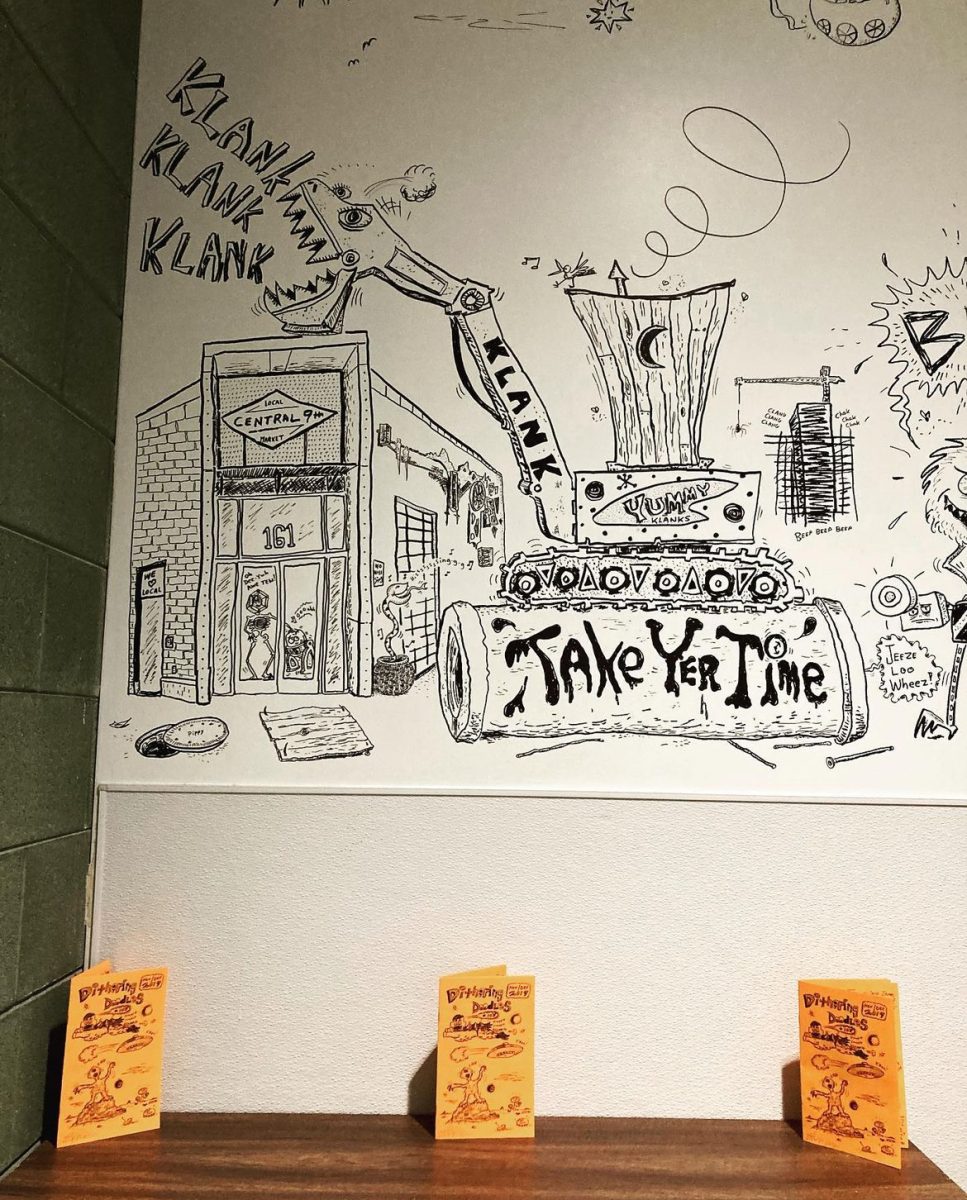Letter: Your Parking or Your Life
Pay lot kiosk in the Union Parking Lot. (Chronicle archives)
November 23, 2020
As a University of Utah student, you know what I love seeing on campus? “NO STUDENT PARKING” signs. I’m not joking — I legitimately wish we had less student parking available. Surprised? Well hear me out: decreasing the amount of student parking has the potential to positively impact the health of all people living in the Salt Lake valley.
I know what you’re thinking — how could the amount of student parking at the U possibly have any impact on my physical health? Let’s start by looking at the big picture: decreasing motor vehicle traffic can improve air quality, and better air means better health for Salt Lake valley residents. Not convinced? Let’s dive into some data.
Those of us who live in the Wasatch Front know all too well, episodes of polluted air trapped in the valley by inversions are an unfortunate fact of life. Even without inversions exacerbating the problem, our air is pretty terrible. Did you know that SLC is ranked #8 for the worst short-term particle pollution? In fact, the air quality here is consistently so bad that we have never met federal standards for ozone and PM2.5 pollution — not exactly something to be proud of.
As suggested by the abysmal ratings, this low air quality is profoundly harmful to our health. Utah’s poor air quality has been shown to decrease average life expectancy by 1.1 to 3.5 years, and this jumps to more than five years for sensitive groups. Even without preexisting respiratory conditions, Utah’s air quality is literally taking years off our lives.
Want to know another shocking fact? Each year, air pollution causes over 100 premature deaths in Utah. Death is obviously the most serious health consequence, but almost all of us experience some adverse health effects because of air pollution. Even as a young, healthy university student, I’ve experienced episodes of coughing and headaches on especially bad air days. It doesn’t matter how young or healthy you are — Utah’s air quality can hurt you.
So how does student parking at the U fit into this? As it turns out, motor vehicles are Utah’s #1 culprit for pollution emissions, a whopping 55% of our total emissions. Though there isn’t exact information on just how many of the U’s 32,000+ students drive to campus regularly, it isn’t hard to imagine that a decrease in even a fraction of student-generated motor vehicle emissions could have a big impact on our air quality.
Before my fellow students get worked up about how limited parking already is, let me ask this: do you really think adding a few more student parking lots would solve the problem? As recently as 2019, students have petitioned the U to increase parking availability. The university has somewhat tried to accommodate, adding 644 new spots last year, there are now 6,100 student parking spaces. But this greater parking supply comes with a greater parking demand — as more spots are created, more students purchase parking passes, and the same sad situation is recreated on a larger scale. Not only is this approach counterproductive, but it encourages more driving, which we know is damaging to our community’s air quality and health.
If you’re wondering how students can get to campus without driving, I have some great news: there are so many great options! With a student ID, every University of Utah student can ride TRAX, UTA and Express buses and Frontrunner for free. Why bother paying to circle student parking lots hunting for a nonexistent spot when your student fees pay for full access to public transit? The U also provides rideshare programs and campus shuttles, not to mention the 3,000+ bicycle parking spaces (most of which are within 50 feet of most campus buildings). You could even rent one of the electric scooters that are all over Salt Lake.
I’m not suggesting that we eliminate all student parking. For students with disabilities, students who live far from transit stops and students who must transport large items (instruments, easels, etc.), driving to campus may be the only viable option. Clearly, there needs to be some student parking, but we all would be better off with less student parking.
Decreasing parking spots at the U will encourage students to utilize the public transit they already pay for or take advantage of the many other low-emission transportation options to get to campus. This change has the potential to improve public health throughout the Salt Lake valley, as decreased motor vehicle emissions mean better air quality, and healthier air means healthier people. Trading student parking for a longer life expectancy seems like a pretty good deal to me.
— Margot Porter, University of Utah Student







